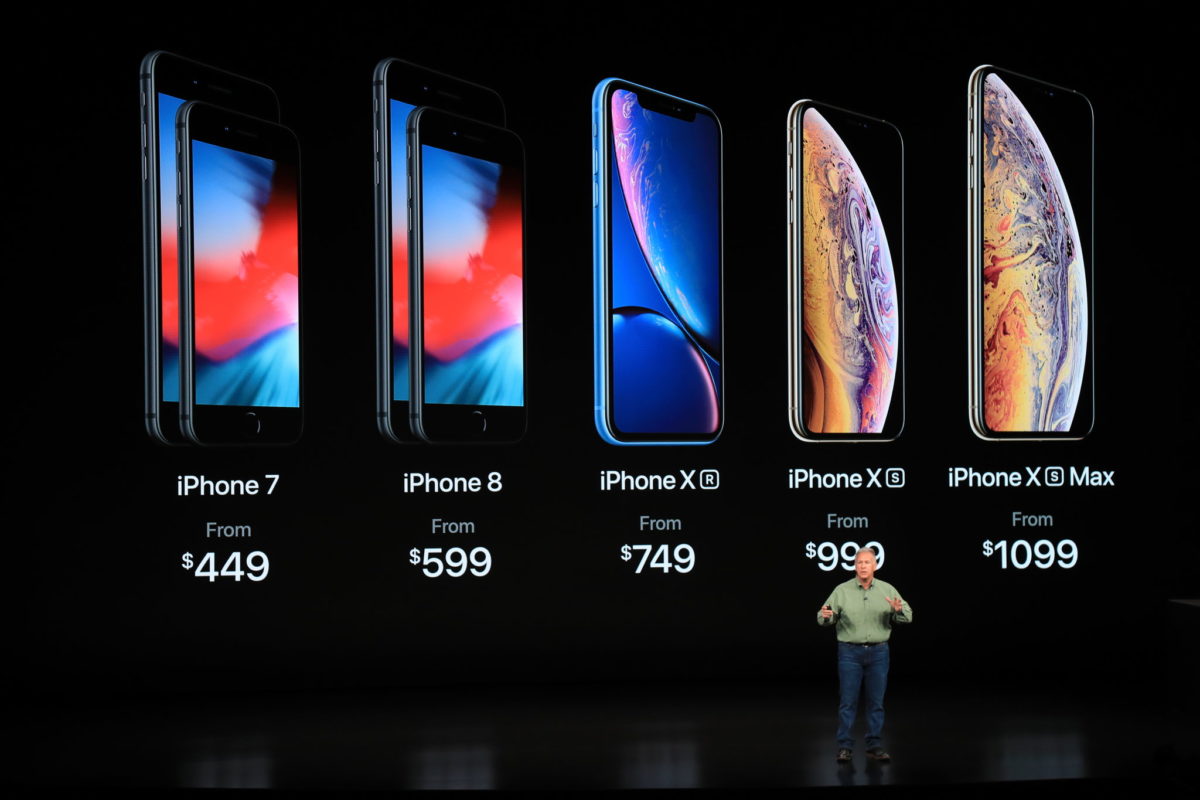Friday 5 October, Dutch-based search engine developer Elastic became a publicly traded company through its introduction on the New York Stock Exchange. That same day, the share value of Elastic doubled and the company has a market value of almost 5 billion dollars. In the Netherlands itself, Elastic is relatively unknown; many of the largests international information companies, however, have already utilized the services of the company. But what makes Elastic so special?
Elastic developed, among other software applications, a search engine which is highly competitive due to their ability to search enormous amounts of data in order to generate real time results, as well as the accuracy and relevance of the information gathered from that data. Especially in times of increasing data generation, collection and storage, Elastic can offer a particularly valuable product to big internationals such as Facebook, Microsoft, NASA and Netflix. At the same time, Elastic’s products can also be used to match different people or products based on its algorithm to yield optimal results; one of their database systems pairs riders with drivers for Uber and matches possible love interests for Tinder.
The search engine is freely available for download for everyone; large companies, however, are required to purchase a subscription in order to use the service. At the same time, Elastic uses versioning to increase their revenue further: both add-ons and premium-versions are more expensive for clients. As of this moment, Elastic is not profitable yet; however, the developments on their first day of trading on the New York Stock Exchange predict a bright future. One of the four founders of Elastic, Dutchman Steven Schuurman, has already experienced this: his 21% shares are suddenly worth around 910 million dollars, earning him a place in the Dutch Quote 500.
References:
1. https://nos.nl/artikel/2253540-nederlands-bedrijf-elastic-begint-met-verdubbeling-op-new-yorkse-beurs.html
2. https://www.elastic.co/blog/ze-bell-has-rung-thank-you-users-customers-and-partners
3. https://www.parool.nl/amsterdam/amsterdams-elastic-op-wall-street-5-miljard-waard~a4605643/
4. https://www.cnbc.com/2018/10/05/elastic-estc-ipo-stock-makes-debut-on-nyse.html
5. https://www.businessinsider.nl/steven-schuurman-elastic-vermogen/


